How to Remove Add-ons in Chrome, Firefox, and Other Browsers
Add-ons, also known as extensions, are applications installed on your browser to enhance its functionality. However, installing too many add-ons can not only slow down your browser's startup time but also reduce web browsing speed.
Therefore, it is recommended to remove add-ons to improve browsing speed and save browser startup time.
1. How to Uninstall or Disable Extensions in Mozilla Firefox
To delete or disable an extension in Mozilla Firefox, first, open the browser on your computer. Next, click on the hamburger menu at the top right corner of the screen and select "Add-ons."
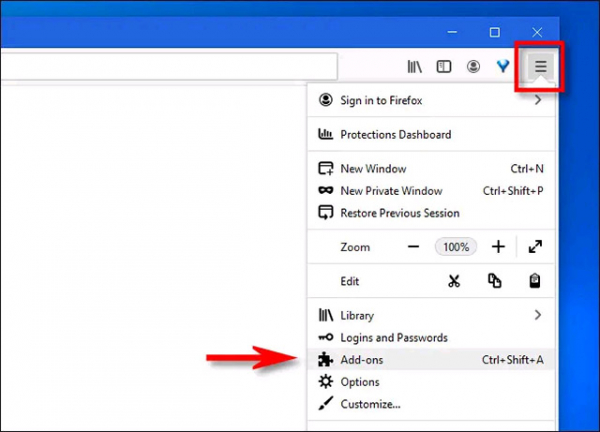
The "Add-ons Manager" tab will open, listing all the extensions you have installed. To disable a specific extension, toggle the switch next to the extension to "Off" (gray). This will deactivate the extension but keep it installed, allowing you to enable it later if needed.

Note that once disabled, the extension will move to the "Disabled" list, located just below the "Enabled" list at the top of the page.
If you want to completely uninstall and delete a specific extension, click the three dots next to the extension in the list and select "Remove." A confirmation window will appear, asking if you really want to remove the extension. Click "Remove" again.
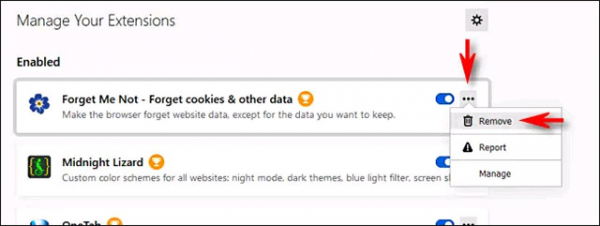
Immediately, the selected extension will be completely uninstalled. If you need to use it again, you will have to reinstall it.
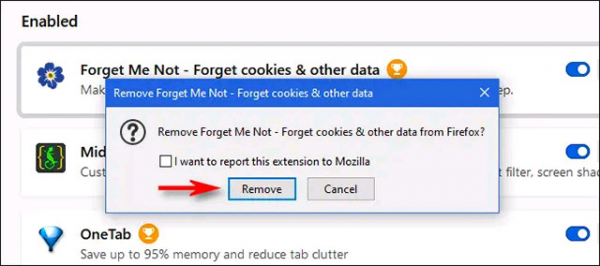
Additionally, if the extension you want to delete has an icon displayed on the toolbar, you can quickly uninstall it by right-clicking the icon and selecting "Remove Extension" from the context menu.
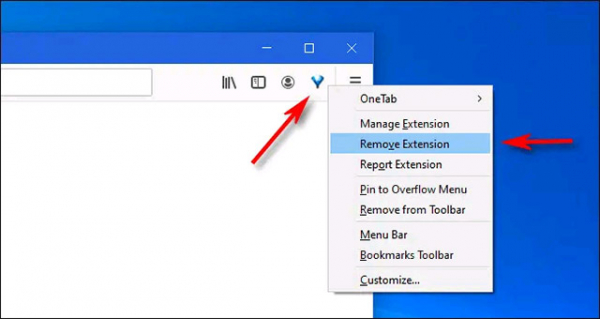
A confirmation window will appear. Click "Remove," and the extension will be completely removed from Firefox. That's it!
2. How to Remove Extensions from Google Chrome
Open Google Chrome and click the three vertical dots menu.
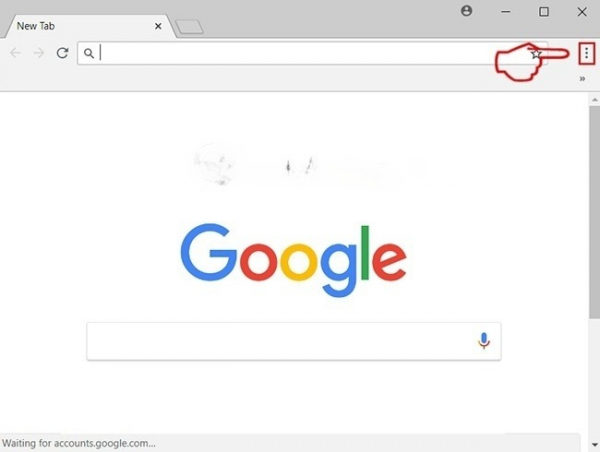
Hover over "Tools" and then select "Extensions" from the extended menu.
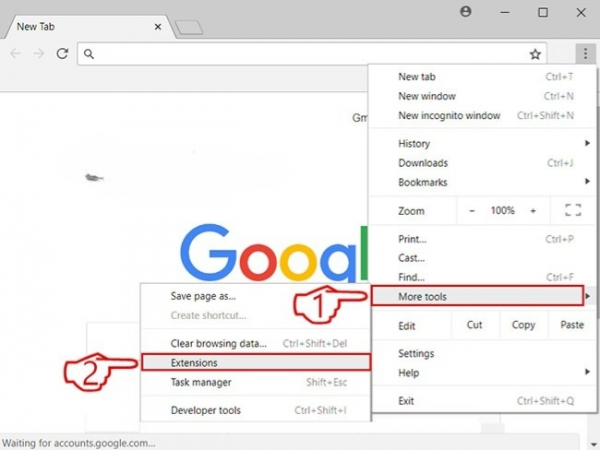
From the "Extensions" menu, locate the unwanted extension and click the "Remove" button.
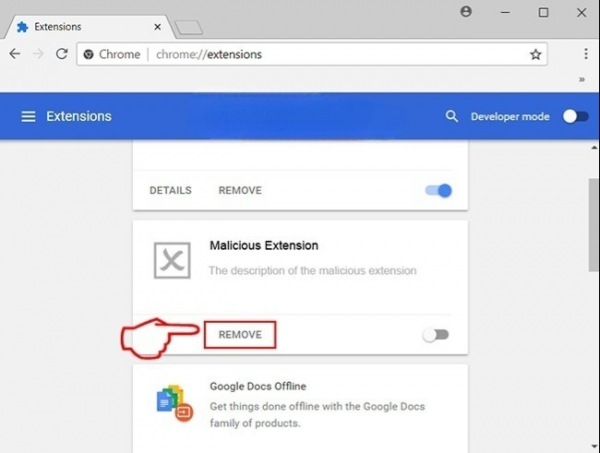
After the extension is removed, restart Google Chrome by closing it with the red X button in the top right corner and reopening the browser.
Or, type chrome://extensions into the address bar.
Chrome will display a list of installed extensions.
Scroll down the list and click the trash can icon next to the extension you want to remove to proceed with its removal.
Alternatively, you can uncheck the "Enable" box to temporarily disable the extension without uninstalling it.
After removing or disabling extensions, there is no need to restart the browser.
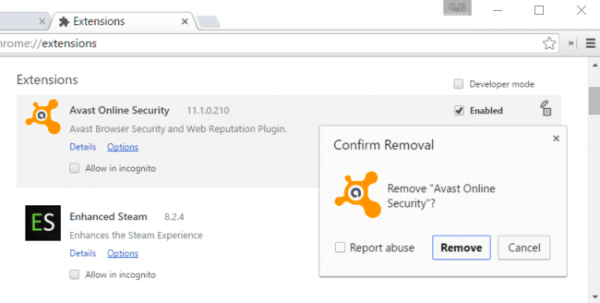
3. How to Remove Extensions from Internet Explorer
Open Internet Explorer.
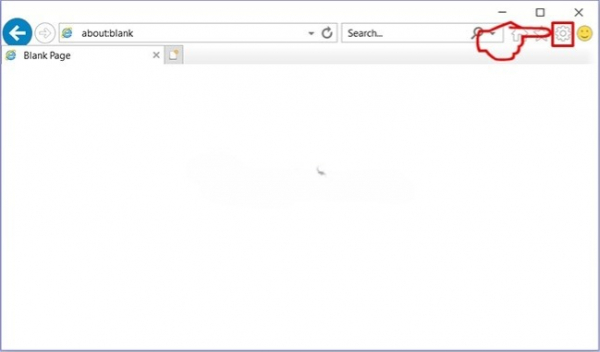
Click the gear icon labeled "Tools" to open the drop-down menu and select "Manage Add-ons."
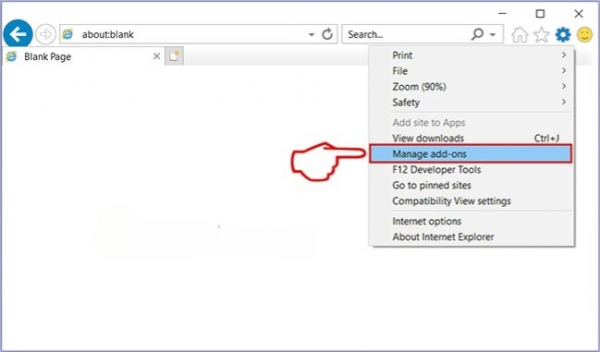
In the "Manage Add-ons" window, select the extension you want to remove and then click "Disable." A pop-up window will inform you that you are about to disable the selected extension, and some other add-ons might also be disabled. Leave all necessary options checked and click "Disable."
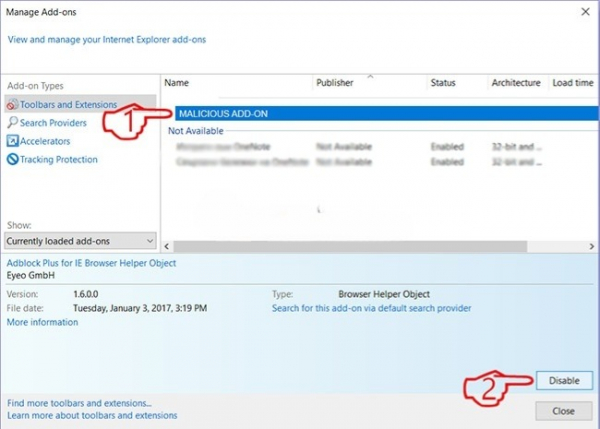
After the unwanted extension is removed, restart Internet Explorer by closing it with the red X button in the top right corner and reopening the browser.
If you want to completely uninstall add-ons, open the Control Panel, select "Uninstall a Program," and then proceed to uninstall the plug-in.
4. How to Remove Extensions from Microsoft Edge
Open Edge.
Open the menu by clicking the three horizontal dots icon in the top right corner.
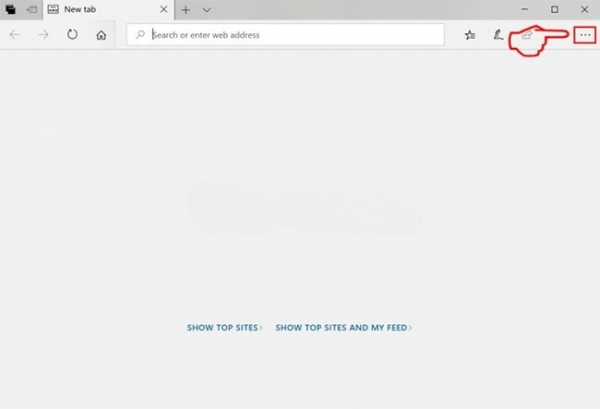
From the drop-down menu, select "Extensions."
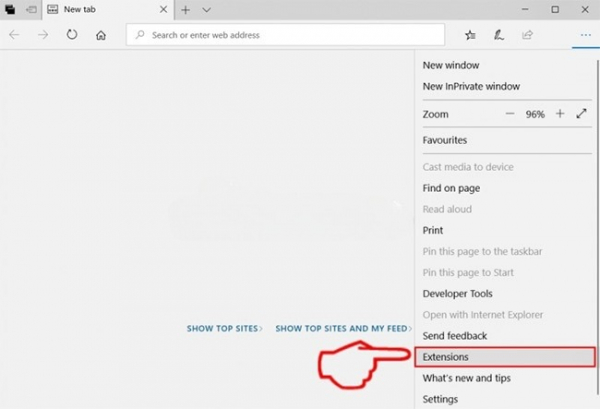
Select the suspicious malicious extension you want to remove and click the gear icon.
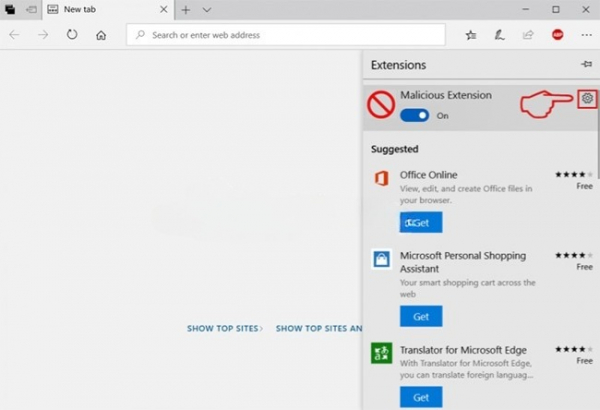
Remove the malicious extension by scrolling down and clicking "Uninstall."
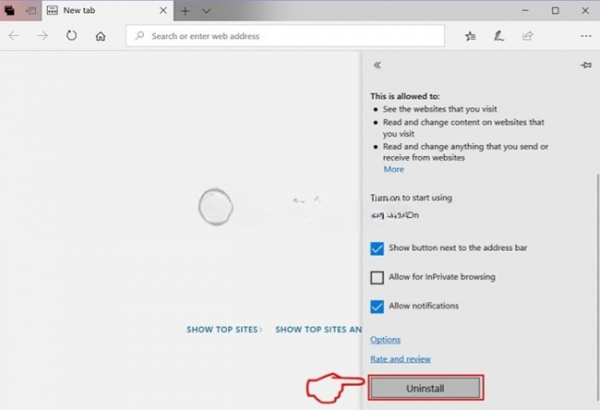
5. Remove Extensions in Safari
To manage the list of installed extensions in Safari, click the Safari menu at the top of the Mac screen and select "Preferences."

Note: Do not click "Safari Extensions." Clicking "Safari Extensions" will show you the web page to download other extensions.
Click the "Extensions" icon at the top of the Preferences window to view the list of installed extensions.
Select the extension you want to remove from the left pane, then click "Uninstall" to remove the extension from Safari.
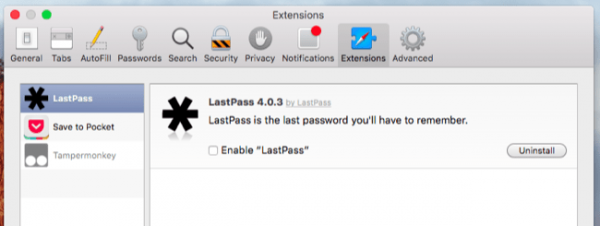
Alternatively, you can uncheck "Enable [Extension Name]" to disable the extension.
6. Remove Extensions in Opera
In the Opera browser, click the Opera menu in the top left corner of the browser window. Then select "Extensions" and then "Extensions Manager" to view the list of installed extensions.
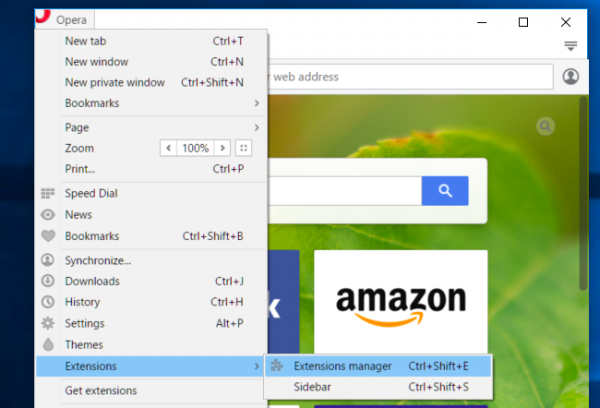
Next, click the "x" icon to the right of the extension to delete it. Alternatively, you can click "Disable" under the extension to disable it.
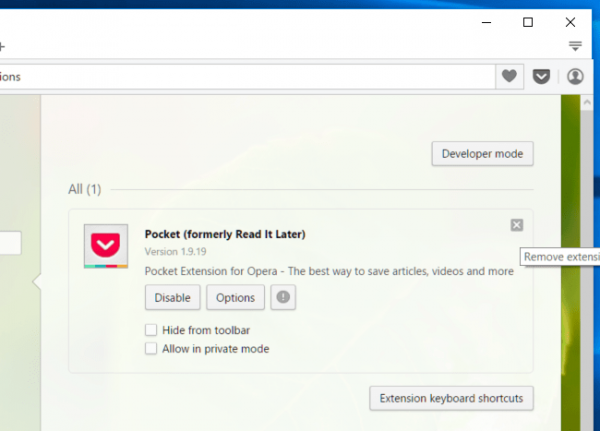
You do not need to restart the Opera browser after disabling or removing an extension.
These steps should help you effectively manage and remove extensions from various browsers, ensuring faster performance and better browsing experience.
